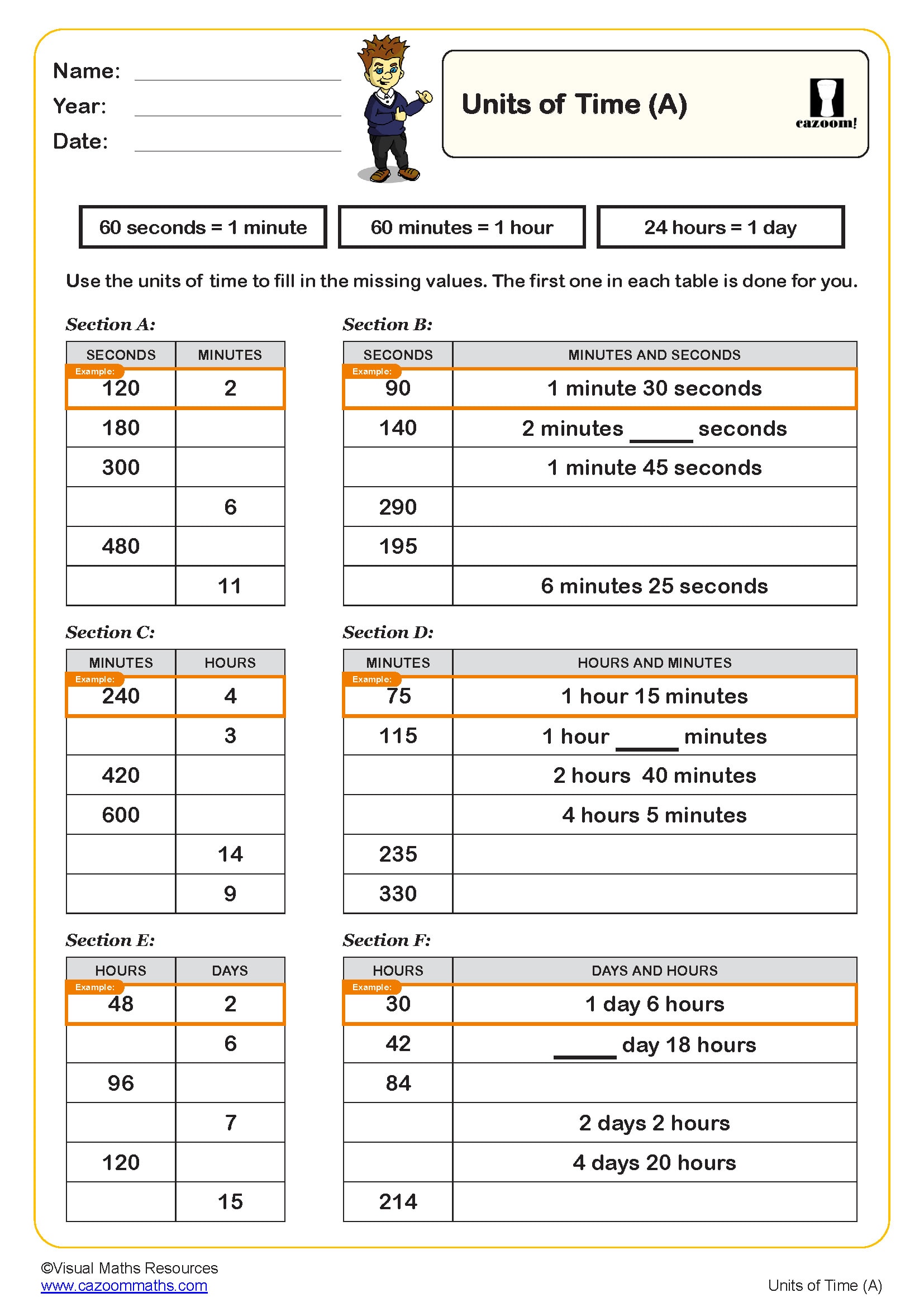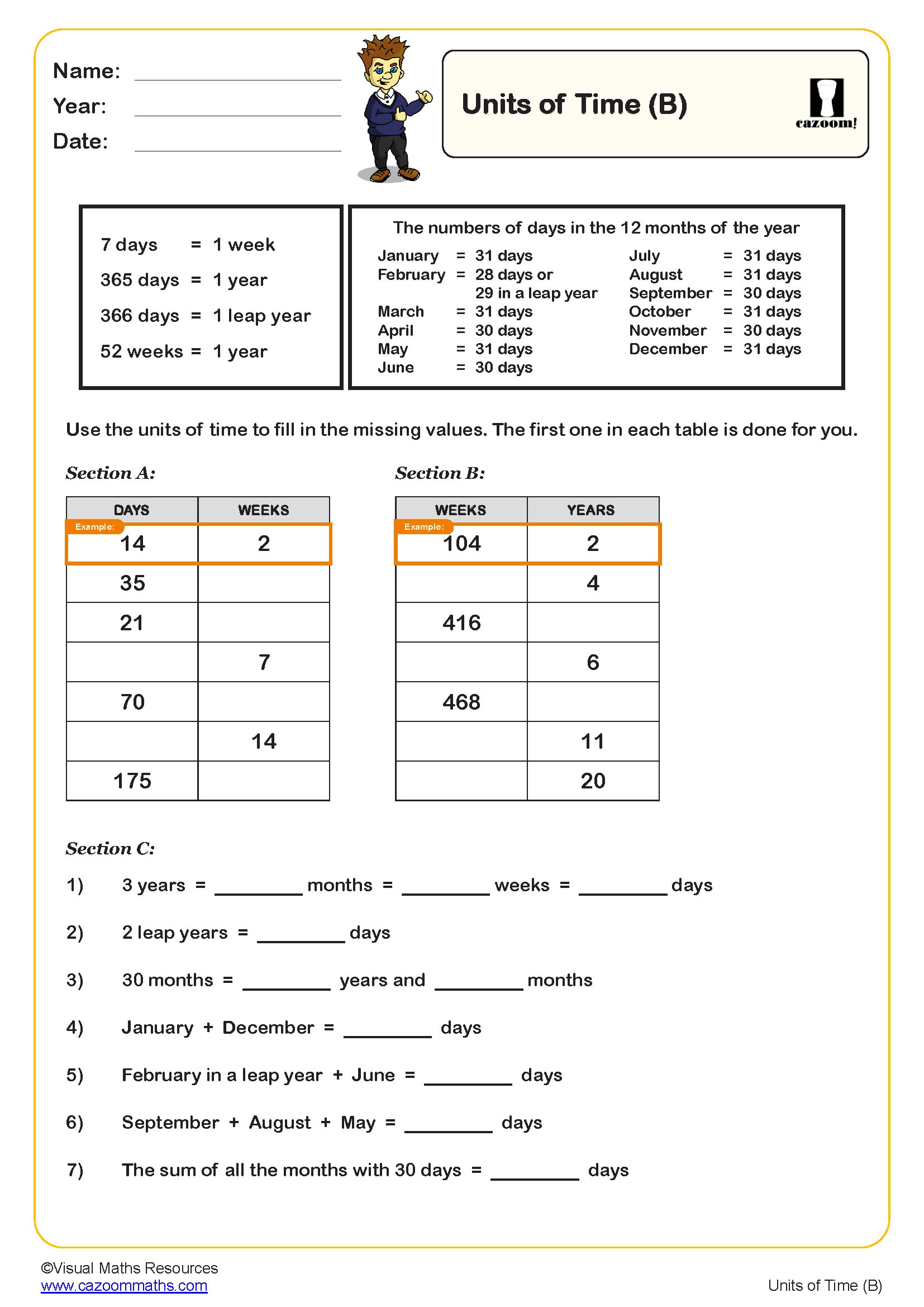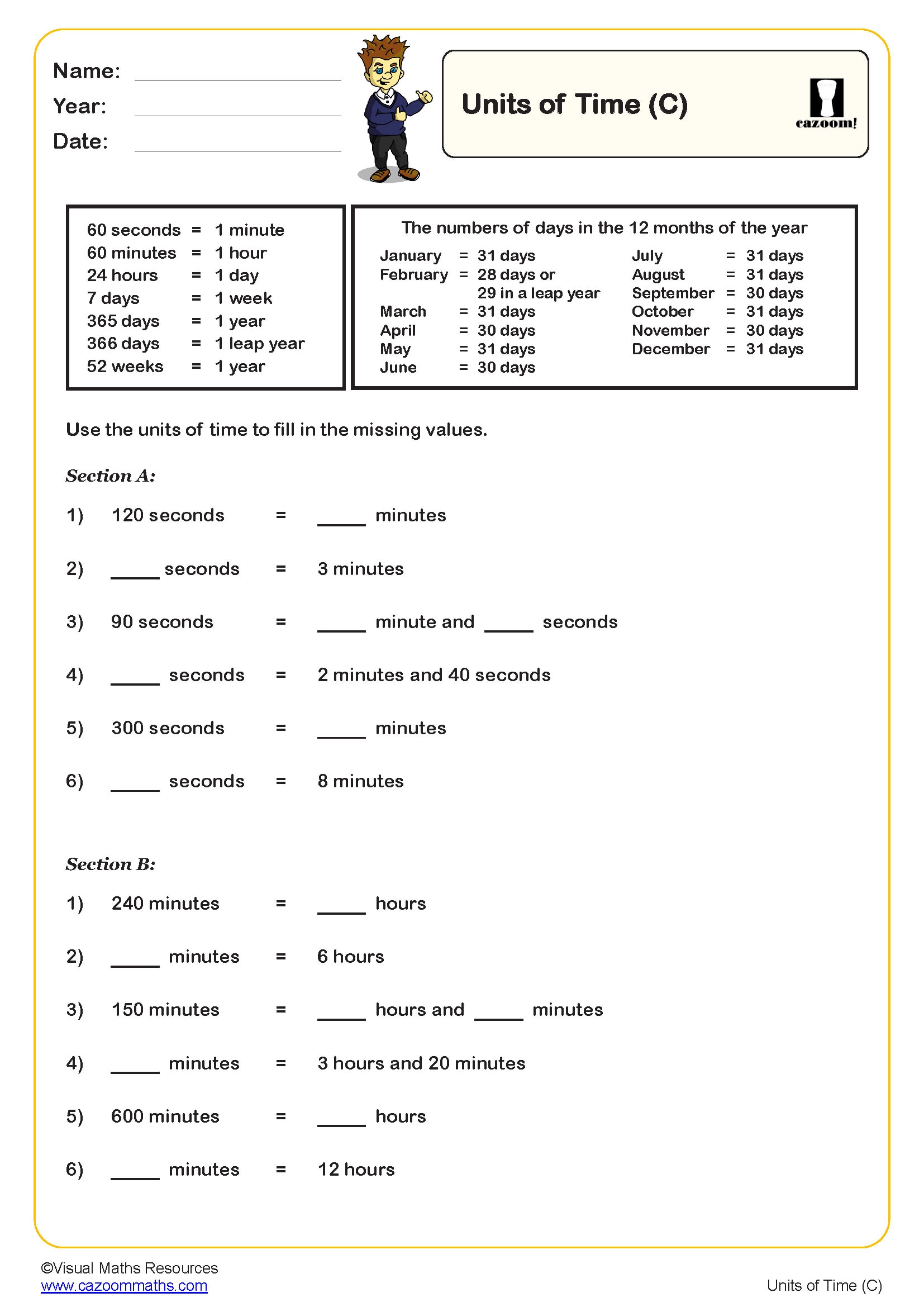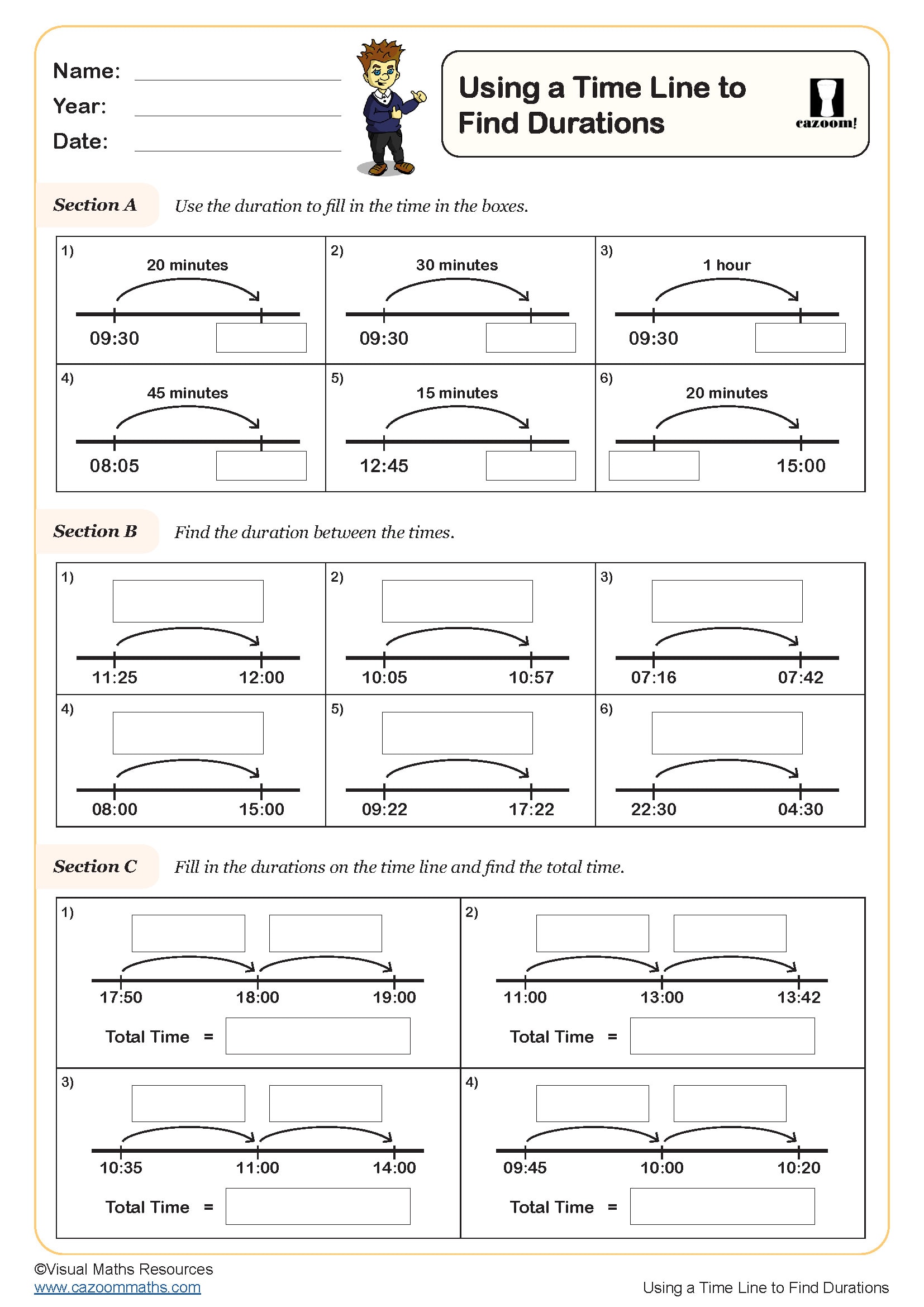Year 3 Telling The Time Worksheets
Professional Time Worksheets PDF Collection with Detailed Solutions
Our time worksheets stand apart because they've been designed by experienced educators who understand exactly where children struggle most. Each worksheet targets specific skills like reading time to five-minute intervals, understanding quarter past and quarter to, and mastering a.m./p.m. distinctions. What makes our ready-to-use, printable PDF, resources particularly valuable are the comprehensive answer sheets that don't just show the correct time, but explain the reasoning process behind each solution.
Advanced Time Skills Mastery for Year 3 Students
We've packed quite a lot into these time worksheets to ensure comprehensive coverage of the KS2 curriculum! The collection progresses systematically from reviewing o'clock and half past times through to the more challenging five-minute intervals and time problem-solving. Students particularly enjoy our real-world scenarios that connect time-telling to their daily experiences. The worksheets include analogue clock reading, digital time conversion, time ordering activities, and elapsed time calculations that prepare students for more advanced Year 4 concepts.
Why Year 3 Students Need Structured Time Practice Worksheets
We've observed that students who master time-telling concepts in Year 3 demonstrate significantly improved mathematical confidence across other measurement topics. Regular practice with these worksheets helps children internalise the relationship between minutes and hours, strengthening their number sense and fraction understanding. The visual nature of clock work supports different learning styles while building essential life skills. These resources prove particularly valuable for assessment preparation and identifying areas where individual students need additional support.
• Builds crucial mathematical foundations for advanced measurement concepts
• Develops essential daily life skills and independence
• Strengthens fraction understanding through quarter past/to concepts
• Supports different learning styles through visual clock representations
• Provides clear assessment opportunities for tracking student progress
Real-World Applications Where Students Use Advanced Time Skills
The concepts like Time are remarkably diverse across subjects and daily activities. In PE lessons, students time activities and calculate the duration of games. During science experiments, they record precise timing for observations and measure elapsed time for investigations. Art projects often require scheduling different stages, while cooking activities in DT lessons depend heavily on timing skills. It's actually quite satisfying when students recognise these connections and begin applying their classroom learning spontaneously in real situations.
• Science experiments requiring precise timing and duration calculations
• PE activities involving stopwatch use and game duration measurement
• Design Technology lessons with cooking times and project scheduling
• Music lessons teach rhythm, beats, and song duration
• Cross-curricular project planning and time management skills
• Travel planning and understanding journey times for geography work



